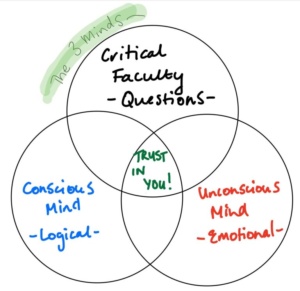You: A Walled Fortress
In one of her essays, Simone Weil, Jewish-French philosopher and holocaust survivor reflects on the role of walls in our lives. When I read her thought-provoking reflection, I was reminded of many clients I’ve worked with over the years. Some used walls as an excuse to hide, others used them to communicate, still others smashed the walls wide open.
This is a paraphrase of Weil’s thoughts applied to people I know and clients I’ve worked with – including the ones who choose NOT to CHANGE.
When you are shut up in a row of cells, there is a wall that separates you from the prisoner in the next cell. Sometimes prisoners develop codes for communicating with other prisoners, creating a sense of community in their suffering, Sometimes ,prisoners are able to tunnel under the walls and communicate secretly, but more extensively. Sometimes, a miracle happens, the walls disintegrate, sunlight enters, and the prisoner is freed.
When that happens, the question is: how will the prisoner respond to freedom?
My goal (and the purpose for which I built LifePuzzle) isn’t to ‘influence’ people.
It’s to create change!
I’ve seen too many people who had all the resources, gifts, talents, and time they needed, choose to stay inside the walls of their self-confessed prison to think that ‘influence’ will be enough.



